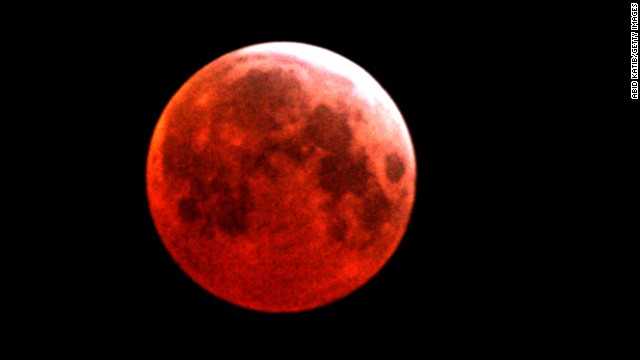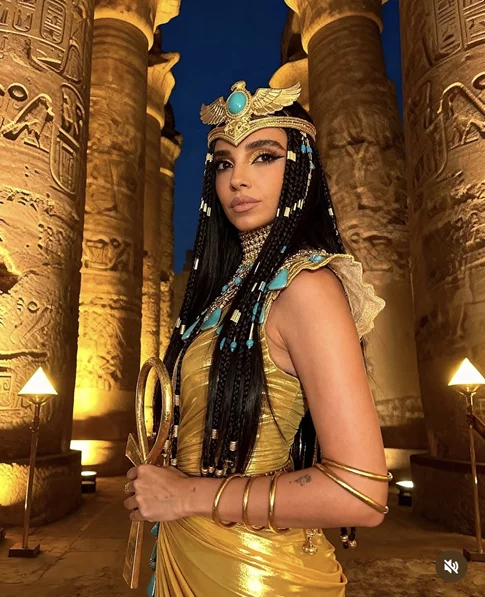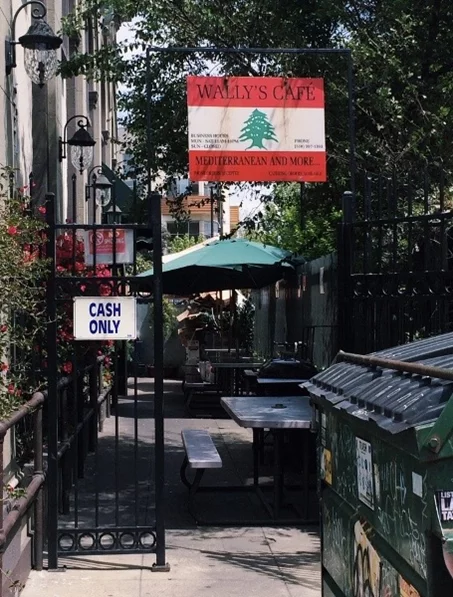What is a “blood moon”?
Lunar eclipses happen when the moon, sun, and earth are aligned in such a way that the Earth’s shadow covers the moon. During a blood moon, it turns a red hue because of the way the sun is filtered through the earth’s atmosphere, projecting a crimson color onto the moon’s surface.

Why is tonight’s event rare?
Tonight’s event is the second of a rare set of four lunar eclipses that will happen over two years; the set of four eclipses is so rare, it’s given a special name: a tetrad.
For 300 years, between 1600 and 1900, there were no tetrads. In more recent history tetrads have occurred a handful of times, and lucky for us another is set to happen in 20 years.
Where will the eclipse be visible from?

In North America, people on the West Coast, especially the Northern-half, are expected to have great views, while those in the East Coast should be able to see the first half of the eclipse in the early morning hours.
Viewers in South America will also experience the early stages of the eclipse. Those in the Pacific Ocean region, like New Zealand and Hawaii, will have the best views.
The eastern coast of Australia will also be able to see the entire eclipse, while Australia’s west coast will see the moon rise during the early partial phases. Most of Japan and the easternmost part of Asia will see the entire eclipse.
Unfortunately, none of the eclipse will be visible from Europe, Africa, and the Middle East, because the moon will be on the opposite side of earth.

This composite photo shows the stages of a lunar eclipse, as seen from Winnipeg, Manitoba, on April 15.
[Buzzfeed]


























